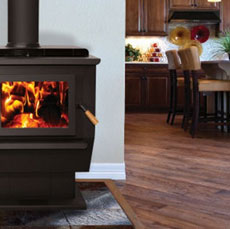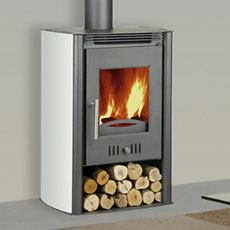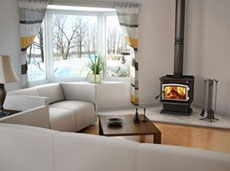BACKUP HEATING OPTIONS FOR YOUR FAMILY THIS WINTER. You don’t have to live totally off the grid to see the benefits of an off the grid or backup heating option in your house. Most homeowners will continue to rely on the same old furnace long after it should be...
Wood Stove
Antique vs. Modern Wood Stoves
Clean burning wood stoves- Sudbury’s popular form of supplementary wood heating, are now more than ever, a great choice to meet the needs of environmentally conscious home owners. According to the most recent information available from the Ontario Centre for Climate...
Should I repair or replace my stove?
It is very common for customers to ask “should I repair or replace my stove” when they visit our Sudbury storefront. The answer – as it usually is- is that it depends on a number of factors. WHAT’S THE LIFESPAN OF A STOVE? The length of time a stove can last varies...



